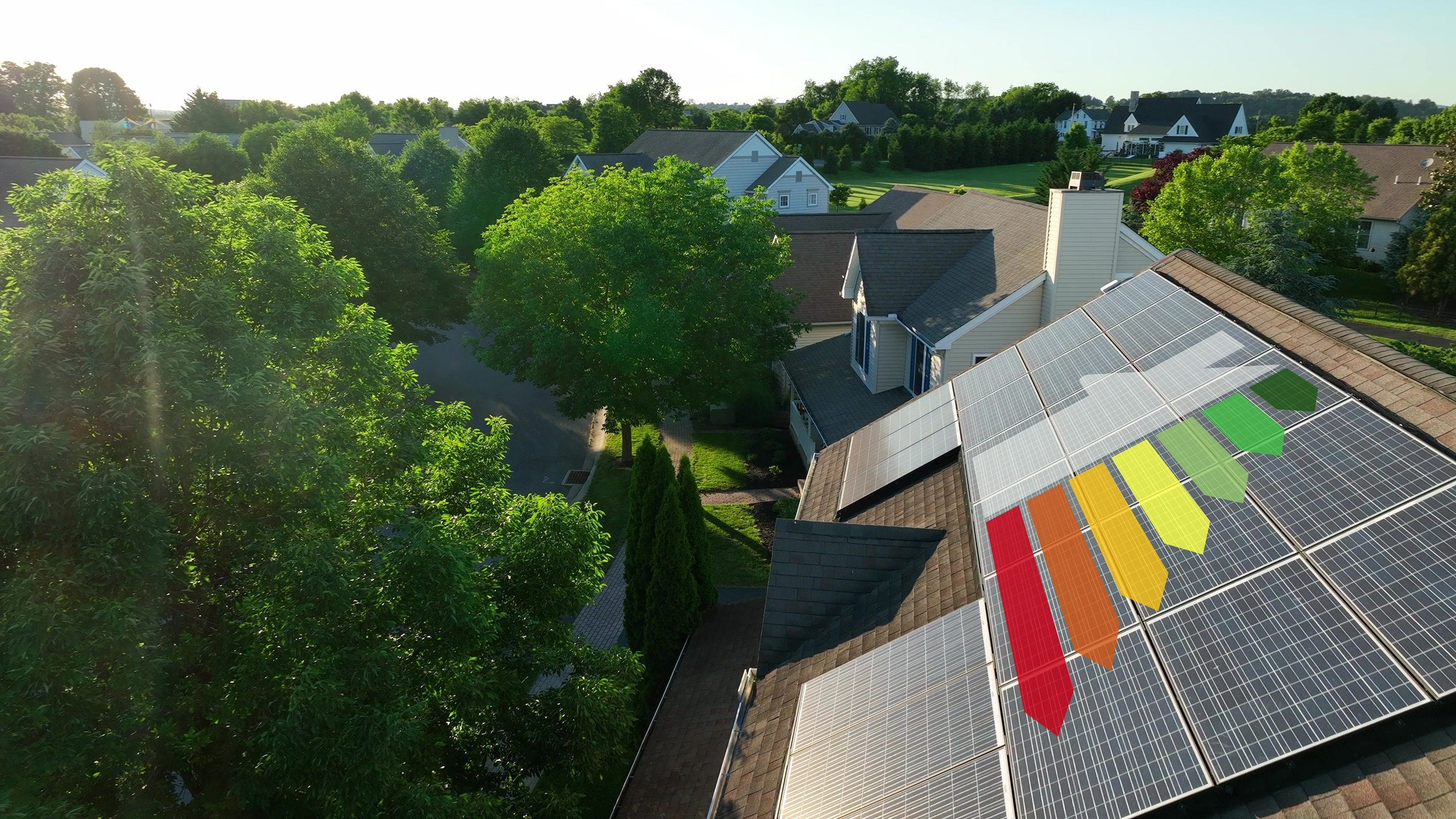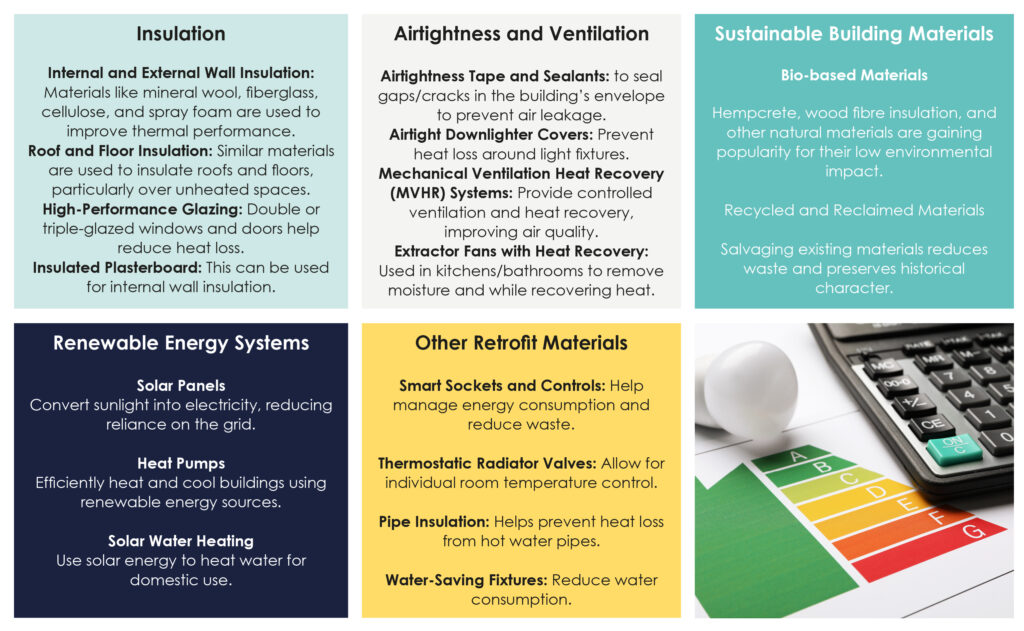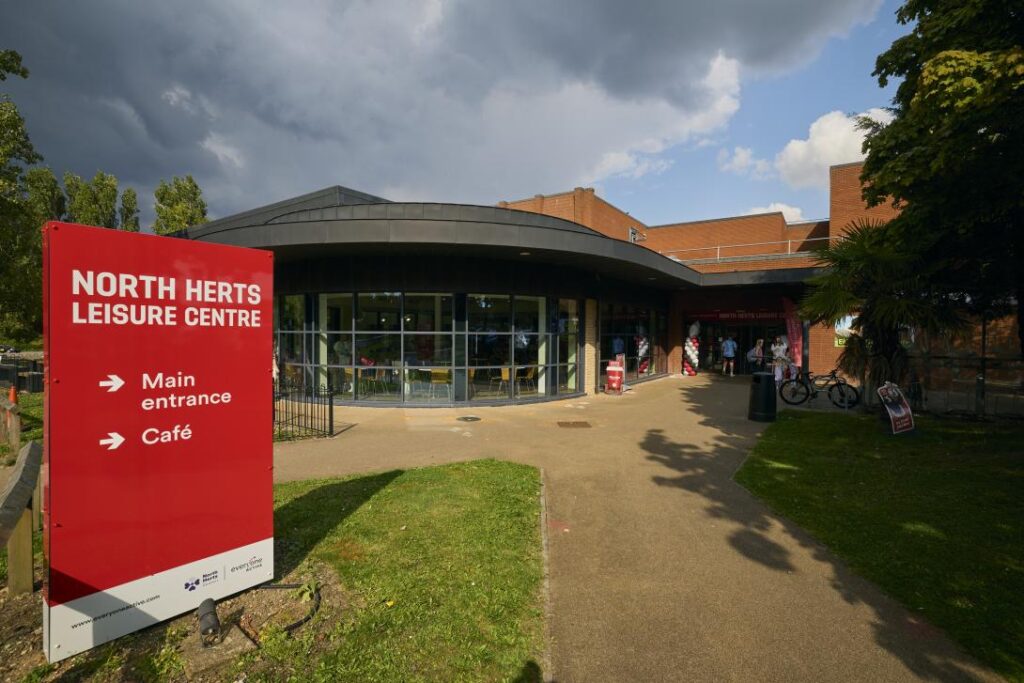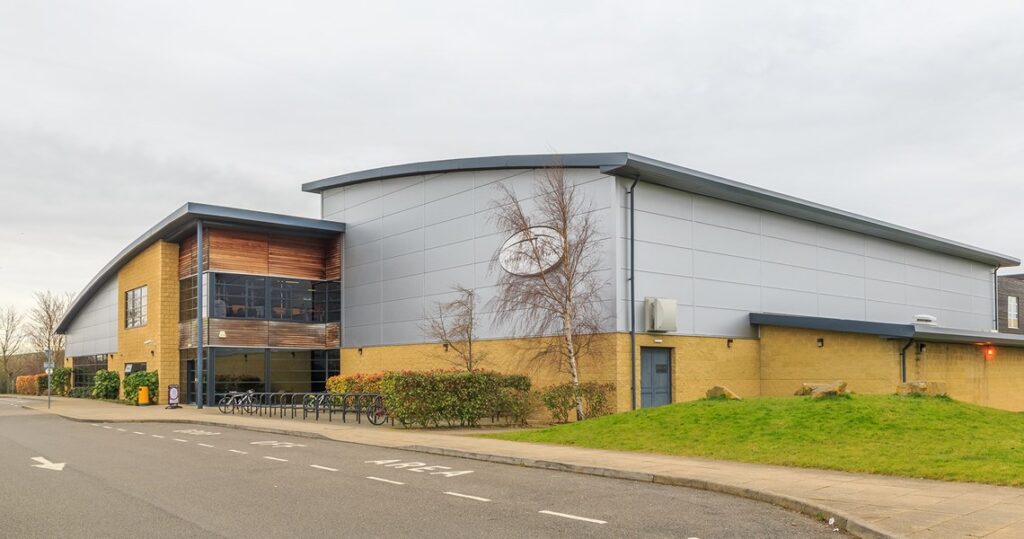
20/06/2025
Retrofit Boom Despite Omission of Government Decarbonisation Grants for Public Buildings
The Retrofit sector is drawing a lot of attention right now, and quite rightly so. The sustainability targets set by UK government to achieve net-zero emissions by 2050 remain, however they have been compromised this week with the news that government is to stop funding the multi-million-pound scheme to help decarbonise public sector buildings via grants. This news came following the Spending Review.
The schemes with funding confirmed will still be going ahead, that’s £3.5billion issued through nearly 1,400 public sector bodies, and to be invested up to the end of 2027-28. In addition to this, the £13.2billion warm homes plan is still in place. All in all, retrofitting is still looking an attractive sector of the construction industry for decades to come.
We’ve written a short article on the very basics of what a retrofit project is and its contribution to net-zero. We have then provided an overview of a recent commission for Mynott Bowers providing Bills of Quantities for a decarbonisation scheme for North Herts County Council.
What is a ‘Retrofit’ Project in Construction?
A Retrofit project involves the upgrading and/or improving of an existing building. The focus is on newer technology, materials, or features to enhance its performance, efficiency, functionality, and safety. It’s a process to improve existing buildings without the need or cost of tearing them down and rebuild them from scratch.
Why Does the Retrofit Sector Appear to be Outpacing Other Areas of Construction?
The UK Retrofit sector is experiencing rapid growth due to the urgent need to meet ambitious Net Zero targets as set by UK Government, whilst also addressing fluctuating energy costs.
The Main Drivers of Retrofit
Achieving Net Zero Emissions by 2050 – Retrofitting is essential for decarbonising the built environment.
Addressing Rising Energy Costs – Inefficient homes and buildings are becoming increasingly expensive to heat and power.
Enhanced Energy Security – By reducing overall energy consumption, retrofitting contributes to greater energy security for the UK.
Economic Opportunities – The Retrofit market is creating more jobs, investing in new technologies and training to create a skilled workforce.
Government Support and Funding – various schemes and initiatives to support Retrofit projects, further driving growth in the sector.
Improved Health and Wellbeing – Retrofitting can also improve indoor air quality and overall living conditions, contributing to better health outcomes.
Scope of a Typical Retrofit Project
Retrofitting in the construction industry, particularly addresses issues like energy efficiency, structural integrity, and seismic resilience. The scope of a Retrofit project in the construction industry can vary a lot, and very much dependent on the type of building and it’s use. Retrofit projects typically focus on: Energy Efficiency Improvements, Structural Strengthening, System Upgrades, Technological Enhancements, and Sustainable Practices such as renewable energy sources or green roofing systems to reduce the buildings impact on the environment.
Common Retrofit Materials
Materials range from insulation and airtightness products to renewable energy systems and sustainable water management solutions. Some common materials are listed below:

BILLS OF QUANTITIES FOR RETROFIT PROJECTS
As with all construction projects, the creation of a Bill of Quantities at the start of a project is an essential tool to enable accurate cost estimation, efficient tendering, risk mitigation, and to support a detailed programme of works. However, not all Retrofit projects require a Bill of Quantities. The decision to use a BOQ will usually depend on the project size and complexity, and some instances a Schedule of Works document will be sufficient.
Mynott Bowers – Bills of Quantities for Retrofit Projects
Mynott Bowers most recent involvement in preparing bills of quantities for the Retrofit sector was for North Hertfordshire Council’s Leisure Centre Decarbonisation scheme. Notably one of the largest leisure centre decarbonisation projects in the UK. The £15.89million project has been awarded to our client Willmott Dixon Construction and will support significant upgrades at (i) Hitchin Swimming and Fitness Centre, (ii) North Herts Leisure Centre in Letchworth, and (iii) Royston Leisure Centre.



Above: LtoR Hitchin Swimming & Fitness Centre, North Herts Leisure Centre in Letchworth, and Royston Leisure Centre.
The main objectives of the decarbonisation scheme is to cut energy use, reduce carbon emission, and modernise all three existing facilities. The scope of works include: replacing ageing gas boilers with air source heat pumps, installing solar panels, upgrading air handling units, improving insulation and glazing, and introducing energy-efficient systems throughout each building. Royston Leisure Centre also included a small extension to the existing building.
Once completed, the project is expected to reduce CO₂ emissions across all three sites by over 60%. As the UK’s electricity grid continues to decarbonise, residual emissions are expected to fall further year-on-year — helping keep the council on track with national and local climate targets.
Works are expected to begin this summer and complete by spring 2026.
Mynott Bowers Managing Director, Derek Mynott commented on the North Herts Leisure Projects: “It’s not often I visit site these days, as often there’s nothing to see so it has no real benefit. However, I went along with our client and their design manager to review all three leisure centres prior to us commencing work on the bills. I found it a useful exercise for all involved and it helped bottom out some queries that would have been raised by our team. We discussed the practicalities and best solutions for each site, ensuring we were all in agreement with the approach.”
“We were commissioned to measure all elements of the works except for the MEP, which would be measured by the client’s specialist subcontractor. We do have our own Quantity Surveyors that specialise in measuring MEP so whilst there wasn’t a requirement on this occasion, I think it’s important that our clients and prospects know this.”
“I do hope that Mynott Bowers will be considered for many more decarbonisation projects requiring Bills of Quantities. Any project that helps protect our environment and contributes towards achieving net zero-carbon has a positive vibe.”
Mynott Bowers client for North Herts Leisure project is Willmott Dixon Construction, one of the UK’s largest contractors for decarbonising property assets. Its recent work includes the Queen’s Medical Centre decarbonisation scheme in Nottingham, increasing energy efficiency at Somerset County Hall and Somerset County Library for the county council and decarbonising four leisure centres for Oxford City Council. Read more on Willmott Dixon’s strategy: Decarbonise Today | Willmott Dixon
Retrofit Enquiries for Bills of Quantities:
Contact Cassie Larham in the UK office the first instance either by email cassie.larham@mynottbowers.com or telephone +44 (0)1234 581940 or mobile +44 (0)7749 139688.